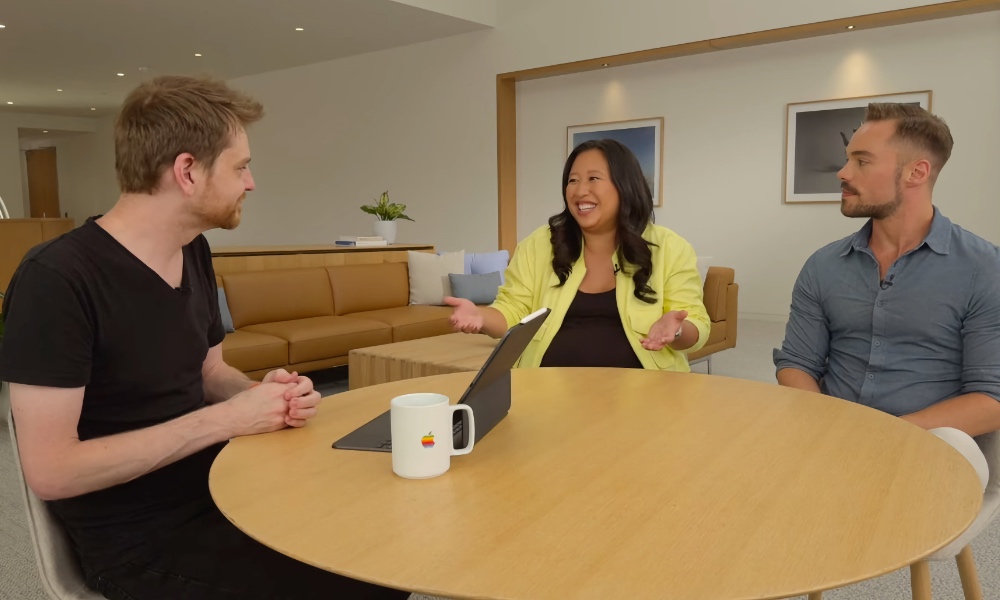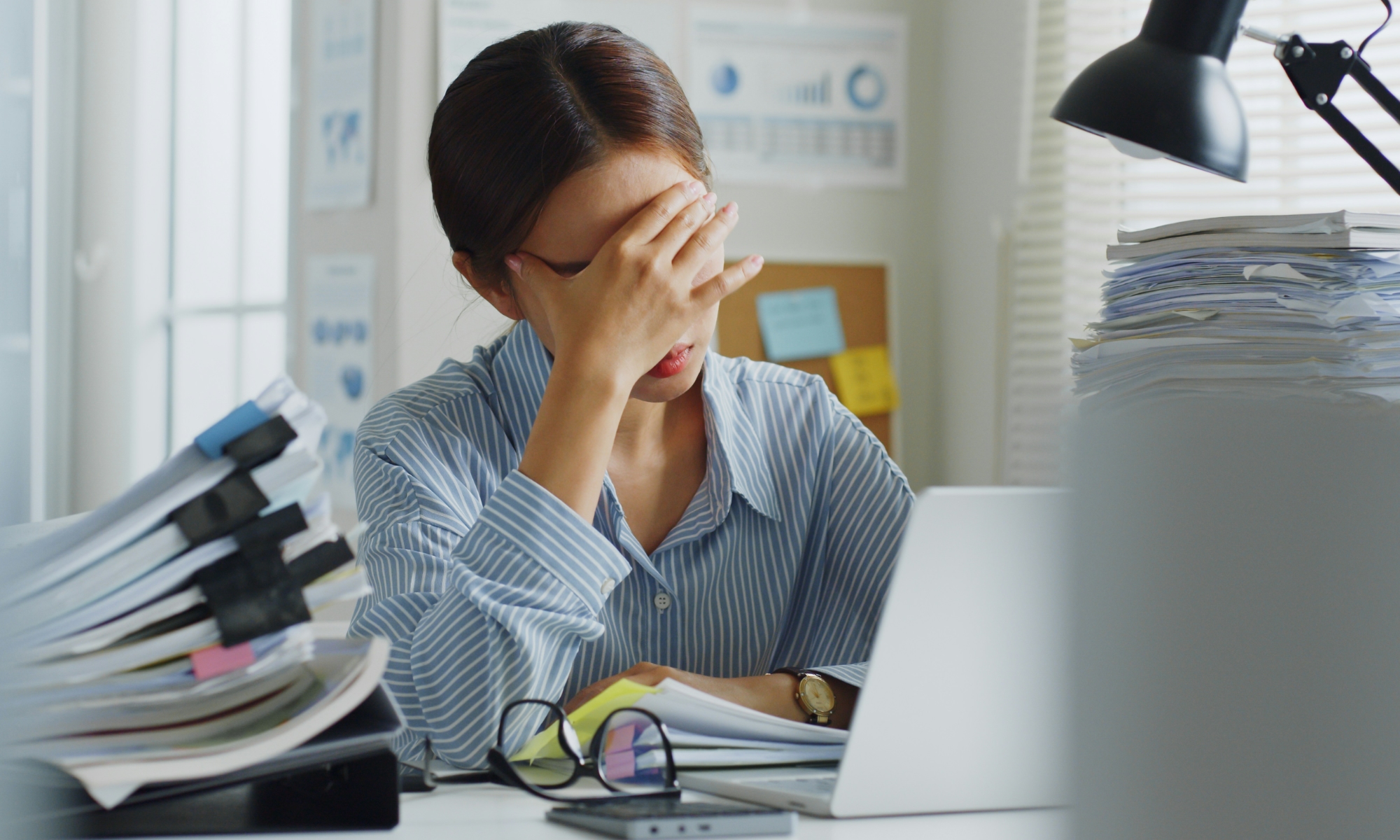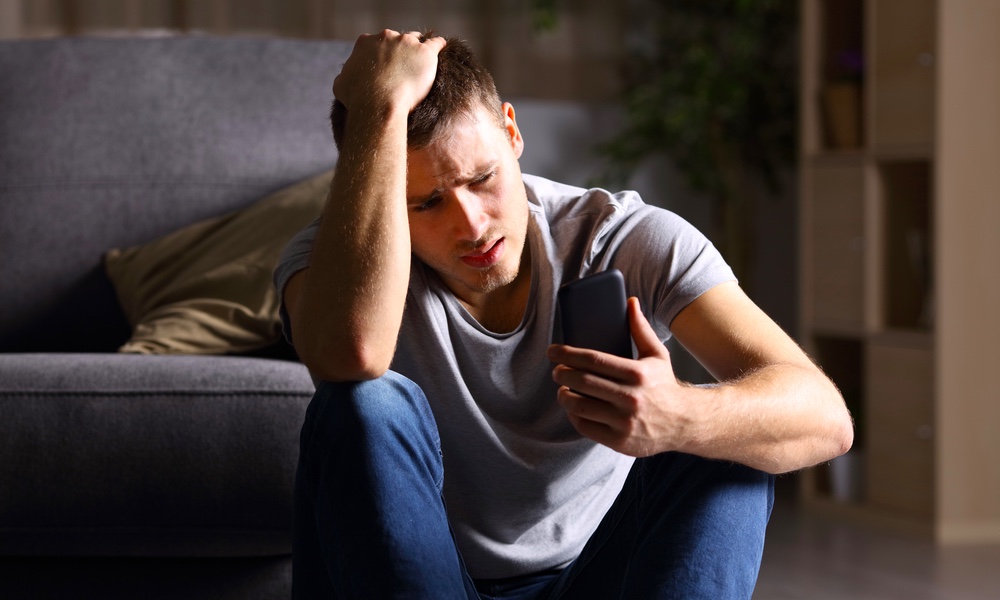What Is Digital Burnout? (And How to Avoid It)
 Credit: Getty Images / Unsplash+
Credit: Getty Images / Unsplash+
Toggle Dark Mode
Have you been exhausted lately? Maybe you feel like you’re not yourself, but you can’t really figure out why. Have you spent too much time on your smartphone? Then you might have what’s been called Digital Burnout.
This fairly new term means you’re spending way too much time on your phone. As you probably already know, extended amounts of time using your smartphone can negatively affect your life in many different ways, especially mentally — and there are research studies that back this up.
But what exactly is digital burnout, and what can you do to stop it? Keep reading to find out everything you need to know.
What Is Digital Burnout?
You’ve probably heard of burnout before; it’s that feeling you get when you work out too much and are exhausted mentally and physically. This issue can lead to problems with your work productivity and personal relationships.
Well, digital burnout is very similar. However, this mental state is caused by spending too much time on your electronic devices. Digital burnout could lead to problems with anxiety and even depression.
The biggest issue with digital burnout is that it won’t just happen to people who are obsessed with their smartphones; it can happen to anyone who works with or uses devices for extended periods of time.
The people who suffer from this the most are those who spend too much time working on a computer or other smart device. In fact, as it was reported by Digital Ocean, over 66% of remote developers suffer from burnout worldwide. In the US, it’s over 82% of remote workers.
If you’ve been struggling with burnout or digital burnout, know that you’re not the only one. Nearly everyone who uses a smartphone or computer has suffered from this in some way. However, that doesn’t make it okay, and you should learn to recognize it and fight against it.
What Are the Signs of Digital Burnout
It’s worth noting that just because you don’t feel like working or you feel like you’re in a rut, that doesn’t automatically mean you suffer from digital burnout. Of course, that doesn’t make your feelings any less important, but at least you know you’re not necessarily burned out yet.
Here are a few of the signs or symptoms you might experience when feeling digital burnout:
- You feel exhausted most of the time.
- You may experience headaches randomly.
- You feel more negative towards your job or personal relationships.
- You don’t feel like doing anything, even the things you like.
- You aren’t as productive at work.
- You’re having trouble sleeping and eating well.
- You feel trapped or like a failure.
- You’re procrastinating more often.
You don’t have to feel all these symptoms simultaneously to know you’re burned out. Likewise, you might experience other symptoms that are not on this list. However, the key giveaway is that you’re not being as productive at work and don’t even feel like trying anymore. You try to find every excuse not to do your job, and you might even avoid other life responsibilities because you still have to finish your job.
While these can also be symptoms of high levels of stress or other mental health challenges, they’re more likely to be a result of digital burnout when everything is otherwise going reasonably well in your life.
How to Deal With Digital Burnout
The biggest issue about digital burnout is that most people who feel it need to spend time on their devices to make a living. That’s what’s the most stressful about this mental state.
With that said, there are a few things you can do to try to deal with digital burnout and become your old self again.
Create a Routine and Stick to It
As mentioned, many people who work from home feel digital burnout. The reason is that many of us don’t separate our home life from our work life, which creates a mess where you’re always thinking about work.
Of course, that can also happen to people who work in an office, so it’s essential to create a daily routine and stick to it to the best of your abilities. If you work from 9 to 5, ensure you only do your job and think about it during that time.
When you exit the office, force yourself to leave work behind. If you work from home, try to have a dedicated room or corner where you work, and be sure to exit it once your work for the day is done.
Take plenty of breaks throughout the day
In your daily schedule, you should include as many breaks as possible — or as many breaks as your job allows — and make the most of them.
Try to take at least a five- to fifteen-minute break every hour or two. Don’t look at any screen or device during your break, and try to move around a bit.
If you want more control over your time at the office, try using the Pomodoro technique. This productivity method involves spending 25 minutes working and then resting for the next five minutes. After you’ve done this for over an hour, you can take a more extended break to stretch and maybe talk to some people.
Try to do things in person

If you’re in an office, you’ve probably sent or received messages from someone who is less than ten feet away. If that’s the case, make it a habit to talk to them in person instead of using your computer.
Sure, you won’t be able to do this all the time, as it can affect your coworker’s productivity, but doing it every chance you get might help you forget about screens for some time.
If you work at home, things can be more tricky. However, you don’t need to keep it personal only with your coworkers. How many times have you used iMessage or WhatsApp with a friend or family member when you could just visit or call them? Try talking to your loved ones in person instead of using your screen constantly.
Stay physically active
Usually, people who spend too much time on their screens have a sedentary job, which prevents them from being as active as they need to be.
If that’s the case for you, you should try to be more physically active after work hours. If you want to build some muscle, you can join a gym. Not only will you be getting healthier, but you’ll be forced to stop looking at your screen for at least half an hour every day.
If you don’t want to join a gym, you can do something as simple as walking. Taking the time to walk around the block a few times will help you relax, clear your head, and even make you a physically healthier person. Of course, try to leave your phone at home, or at least not use it during your walks.
Find a Hobby or Project You’re Passionate About
It’s hard sometimes, but we can all use a reminder that our jobs aren’t our lives. Most of us have hobbies and passions that help us relax and keep our minds off work.
If you don’t, try finding a hobby that won’t give you enough time to think about work or look at a screen on your time off. For instance, many people like hiking, while others enjoy reading books, playing Dungeons and Dragons, or building LEGO sets.
Of course, if you’re experiencing digital burnout, you should have a hobby that doesn’t involve looking at a screen.
Take some time off
If possible, you should consider asking for time off at work. Taking a small vacation or just a few days off work will help you focus on yourself, relax, and feel like a new person.
If you can’t get time off, make the most out of your weekends or the days you are off. Avoid using your phone as much as possible, and try to do new activities to make you feel more relaxed and happy.
Don’t be afraid to ask for help
As we mentioned, digital burnout can lead to many mental health problems that, for some, aren’t as easy to get rid of.
If you’re experiencing anxiety, depression, or too much stress, be sure to talk to a professional and ask for help. They can help you deal with your mental and physical health and help you overcome digital burnout when it’s just too much for you.
If you don’t think visiting a professional is necessary, try talking to a friend or loved one. Having someone you can share your issues with will make you feel like a weight has been lifted off your shoulders.
Take Care of Yourself
We’ve all experienced burnout one way or another during our lifetimes. And if you’re experiencing it right now, just know you’re not alone.
Of course, that doesn’t mean you should wait until the problem sorts itself out; you need to deal with digital burnout from the start to be productive and happy at work.
Remember that if everything else fails, you can and probably should seek help from a professional.














